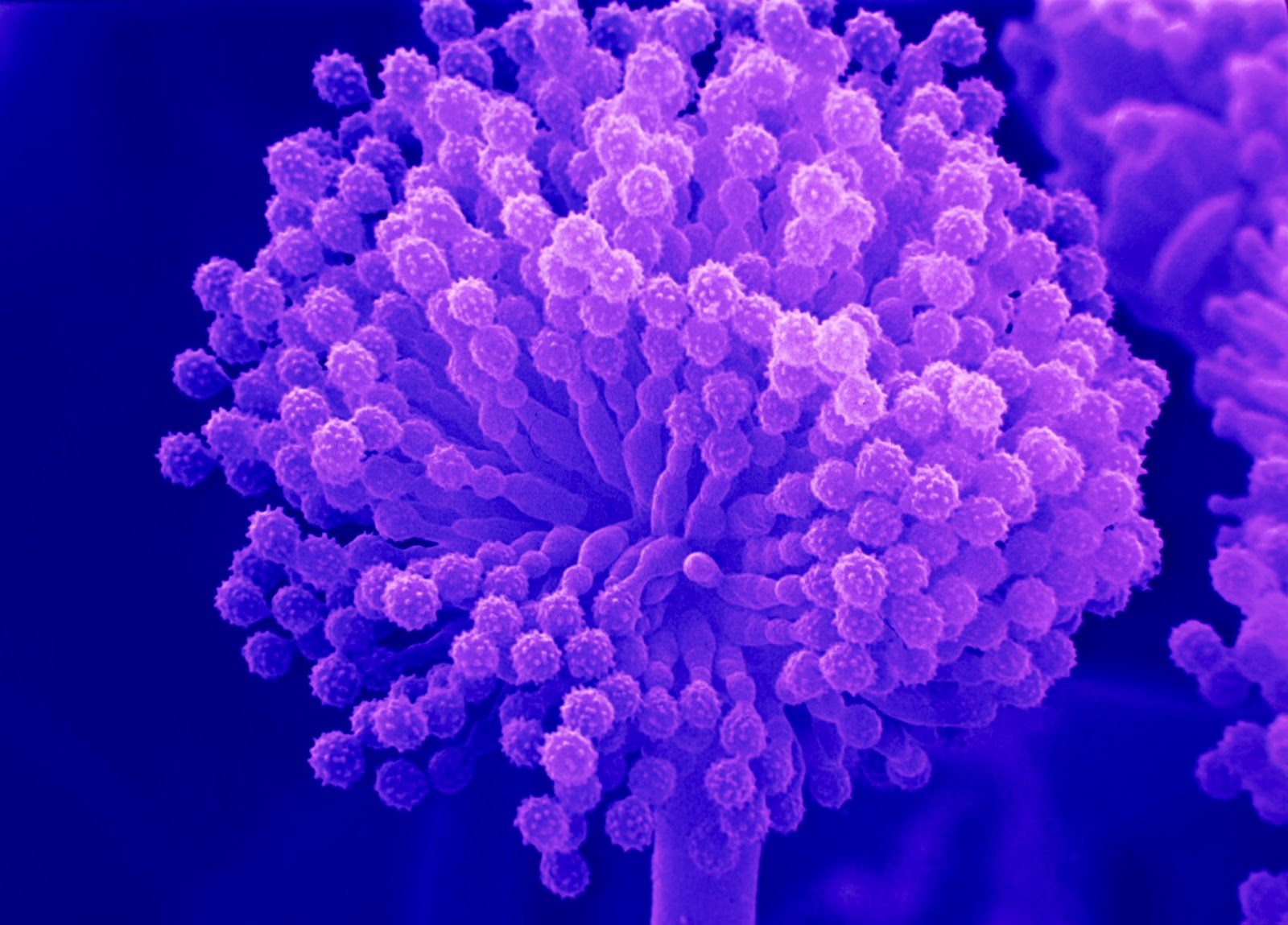Recombinant protein expression in filamentous fungi
Eukaryotic Expression System

Recombinant protein expression in filamentous fungi
Filamentous fungi are considered another expression system for the production of the recombinant proteins, possessing a high capacity for the generation of large amounts of secreted proteins. Filamentous fungi such as Aspergillus niger, Aspergillus Oryza and Trichoderma reesei are attractive hosts for the production of recombinant proteins due to the ability to perform some post-translational modifications.
Advantages
The advantages of using host-based fungi include their natural ability to secrete proteins with high yields, and they are rapidly proliferated in inexpensive culture media, as well as being safe and scalable in high-expression cultures. Also, external genes can be inserted into the chromosomes of the fungi through the plasmid. On the other hand, their genetic diversity has opened a new avenue to exploit them as a new source host for the expression of genes.
Disadvantages
Despite the great benefits and their ability to mediate post-translational modifications such as phosphorylation, acetylation, acylation, etc., they are still unable to add sugars exclusively synthesized in the human body, such as sialic acid, and therefore cannot produce complex active human proteins. On the other hand, the preferences of fungal codon differ from codons found in human beings.
Related posts: Production of recombinant proteins by yeasts – Expression of recombinant proteins in mammalian cells




